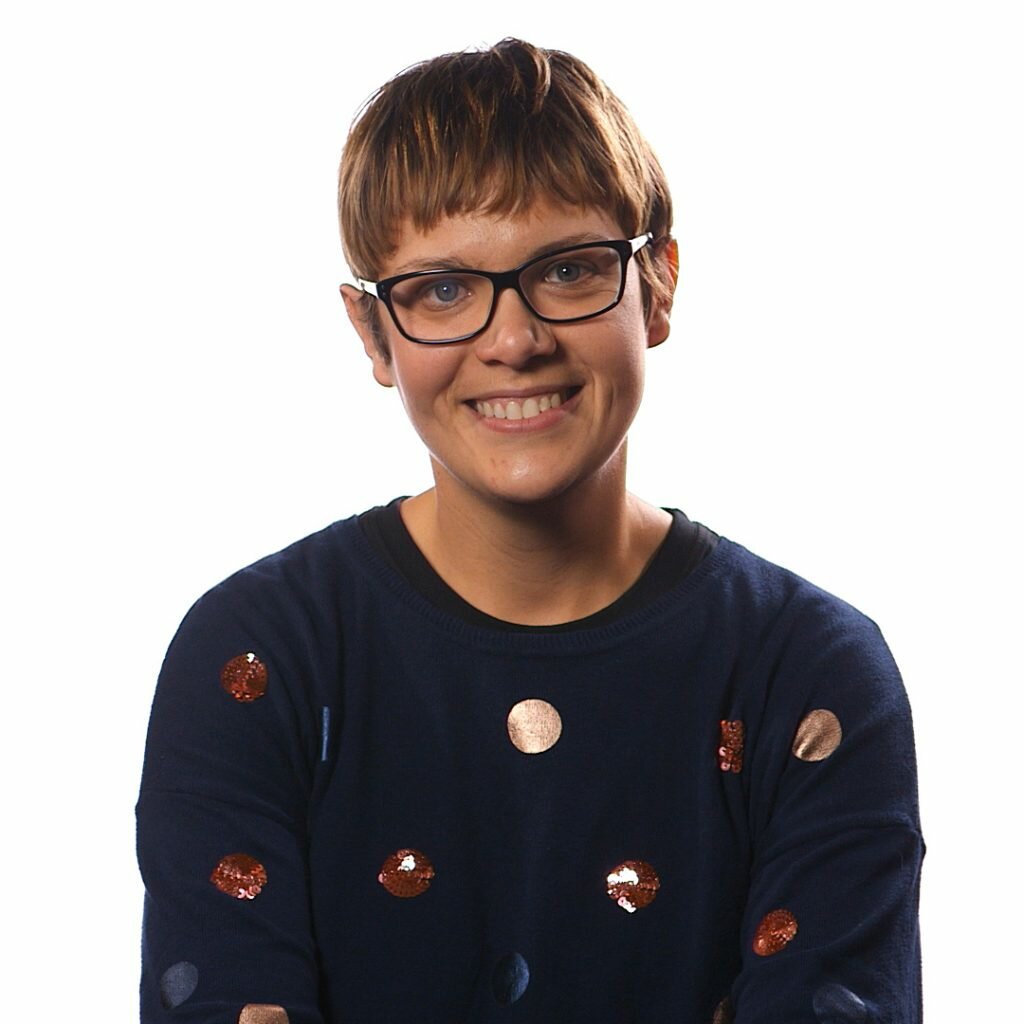Last updated May 24, 2018 at 12:30 pm
The winning combination of human and machine learning.
BCI Team Mahidol at the 2016 Cybathalon. Image: ETH Zurich / Nicola Pitaro
Brain-computer interfaces (BCI) have the potential to change the lives of people with physical impairments.
Big tech sees the potential in Brain-computer interfaces too, with companies like Elon Musk’s Neuralink, and Facebook investing in systems to help us interact with computers via our minds.
But it’s tricky to translate thoughts into computer commands, and we’ve not yet found the best way to wire up our minds to the matrix.
Cybathalon training
Electroencephalography (EEG) caps are relatively cheap and non-invasive, but they’re not very precise in picking up the subtle changes of electrical activity across brain regions.
There has been a lot of research put into developing machine learning algorithms that can help fine tune the translation of brain waves to computer commands.
A research team in Switzerland thought that putting both machine and human to the task of learning how to improve would result in much better performance of the BCI.
Related: Tech in your clothes and under your skin
To test out this theory the researchers worked with two tetraplegic men and put them into a training schedule for the BCI Cybathlon.
Cybathlon is a competition for people with disabilities, who, with the support of assistive technologies compete against each other in a range of tasks.
In the BCI race competitors (called ‘pilots’) control a computer avatar in a specially designed computer game called “BrainRunners”.
Competitors must negotiate a track that requires them to guide their avatar through a range of actions including jumping, spinning and sliding.
The research team worked with the men over several months, with at least twice weekly training sessions for the Cybathlon competition. During their training, EEG recordings indicated that the pilots were able to adapt their normal brain wave patterns to imagined movements, called sensorimotor rhythms, to control the avatar.
This effect became stronger over time as they learned how better control the BCI. The researchers only recalibrated the computer twice during the entire training session (rather than frequent ongoing refinements that machine learning algorithms may suggest), to leave more time for the human pilots to better learn how to control their own sensorimotor rhythms.
The authors also point out that having a tangible end-goal like an international competition could also contribute to faster learning.
The results speak for themselves, with the two subjects of the study making the best three times in the 2016 Cybathlon competition, one of them winning gold and the other getting the tournament record.
































































































































































































































































